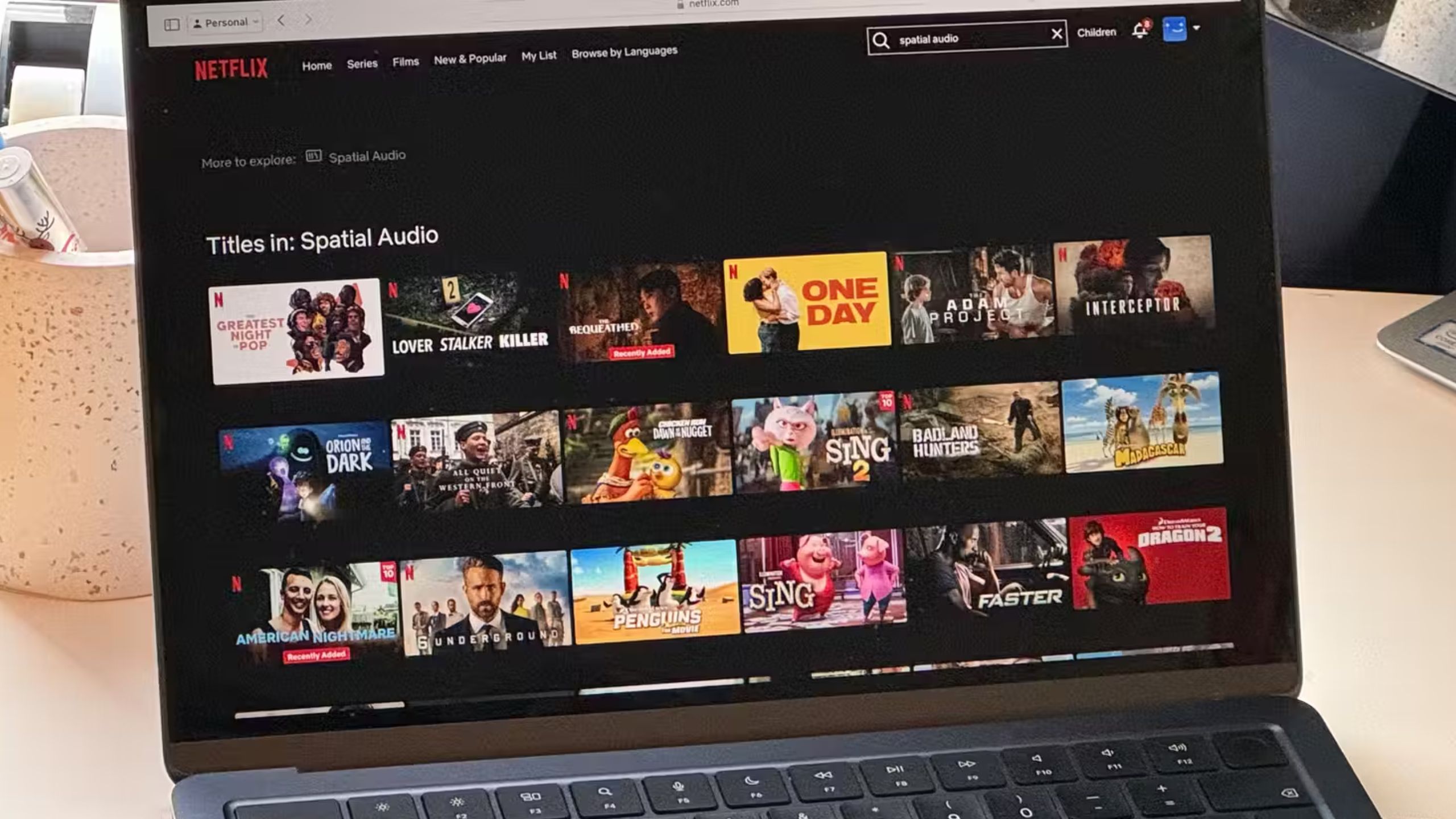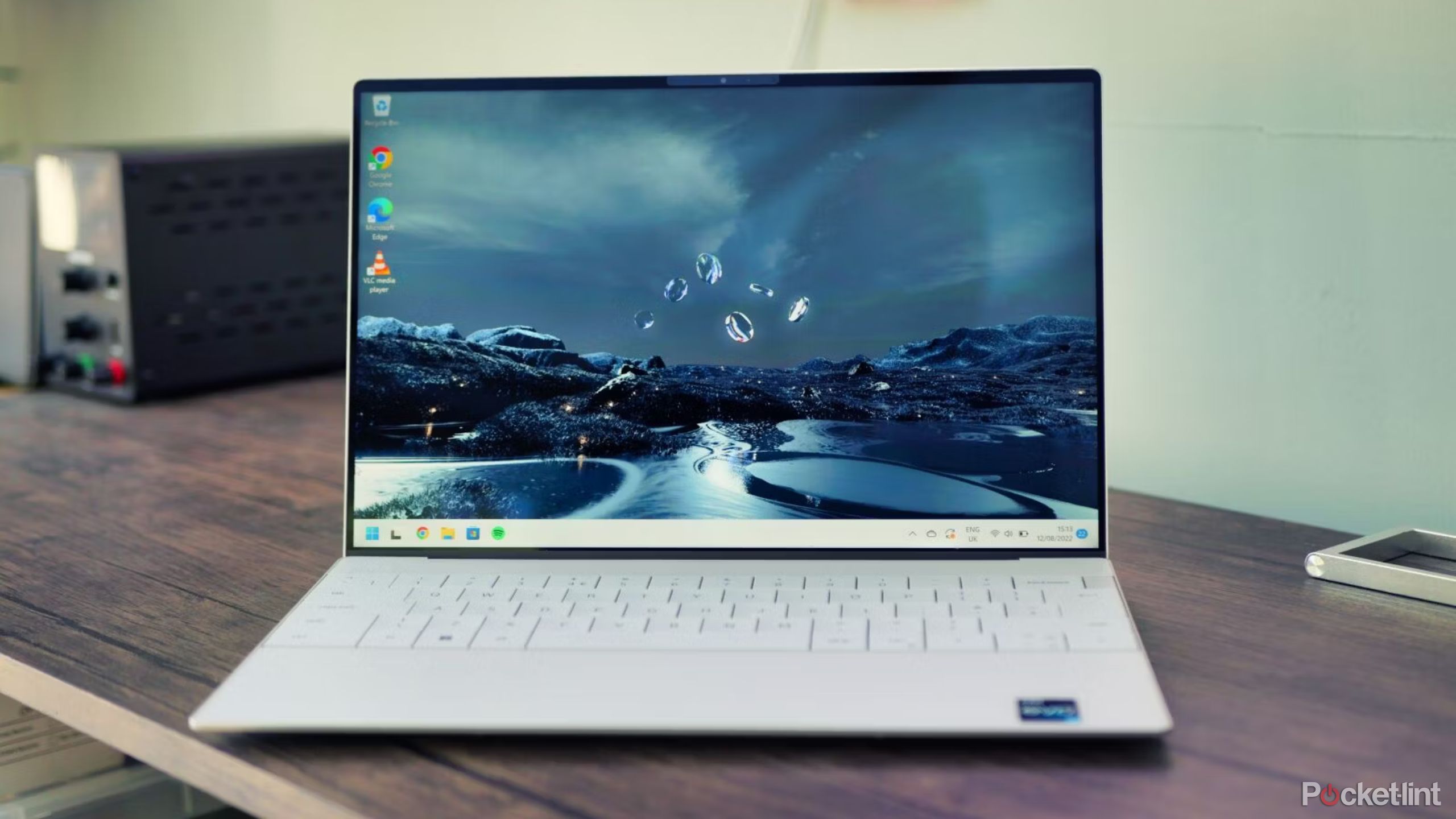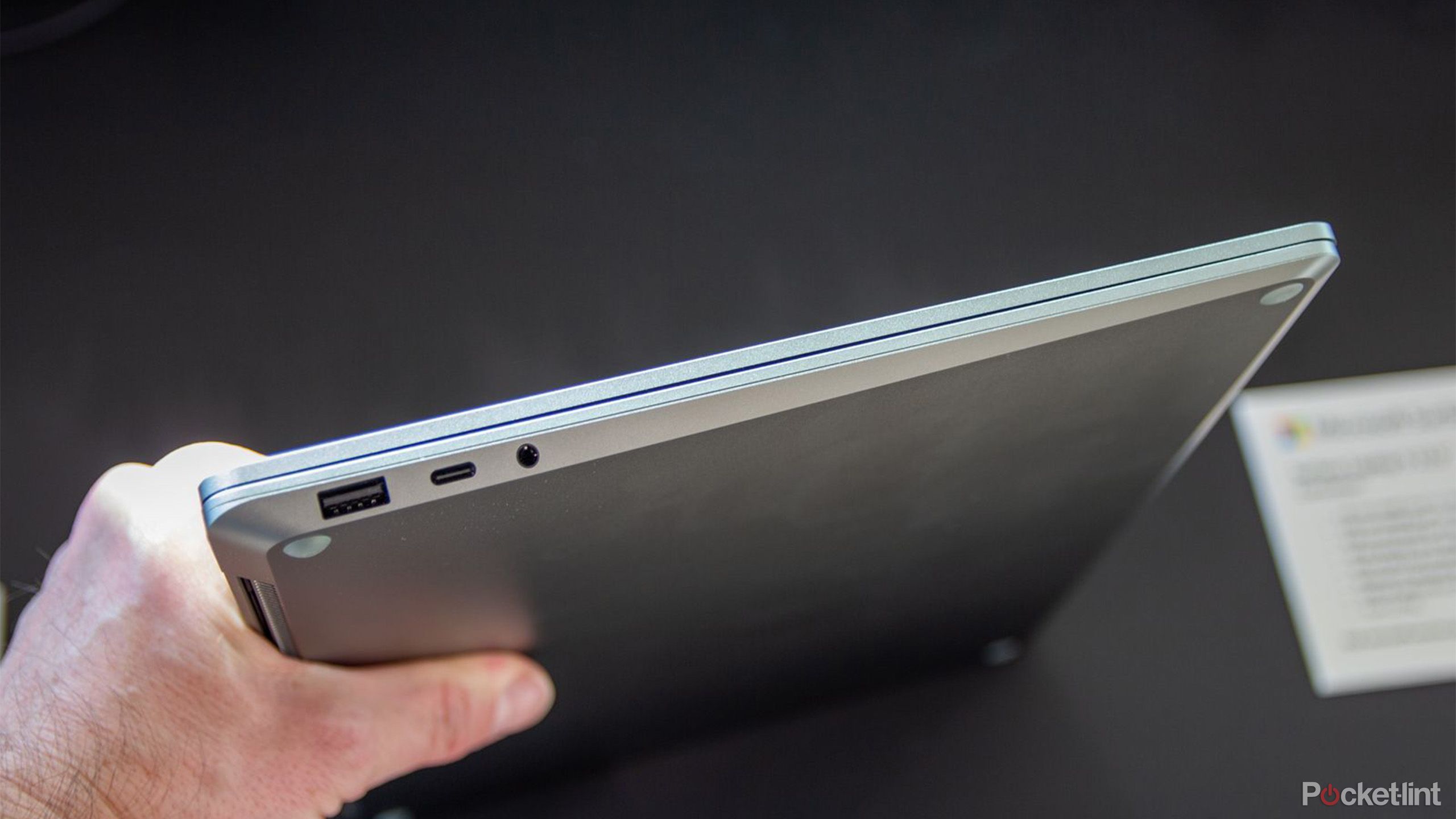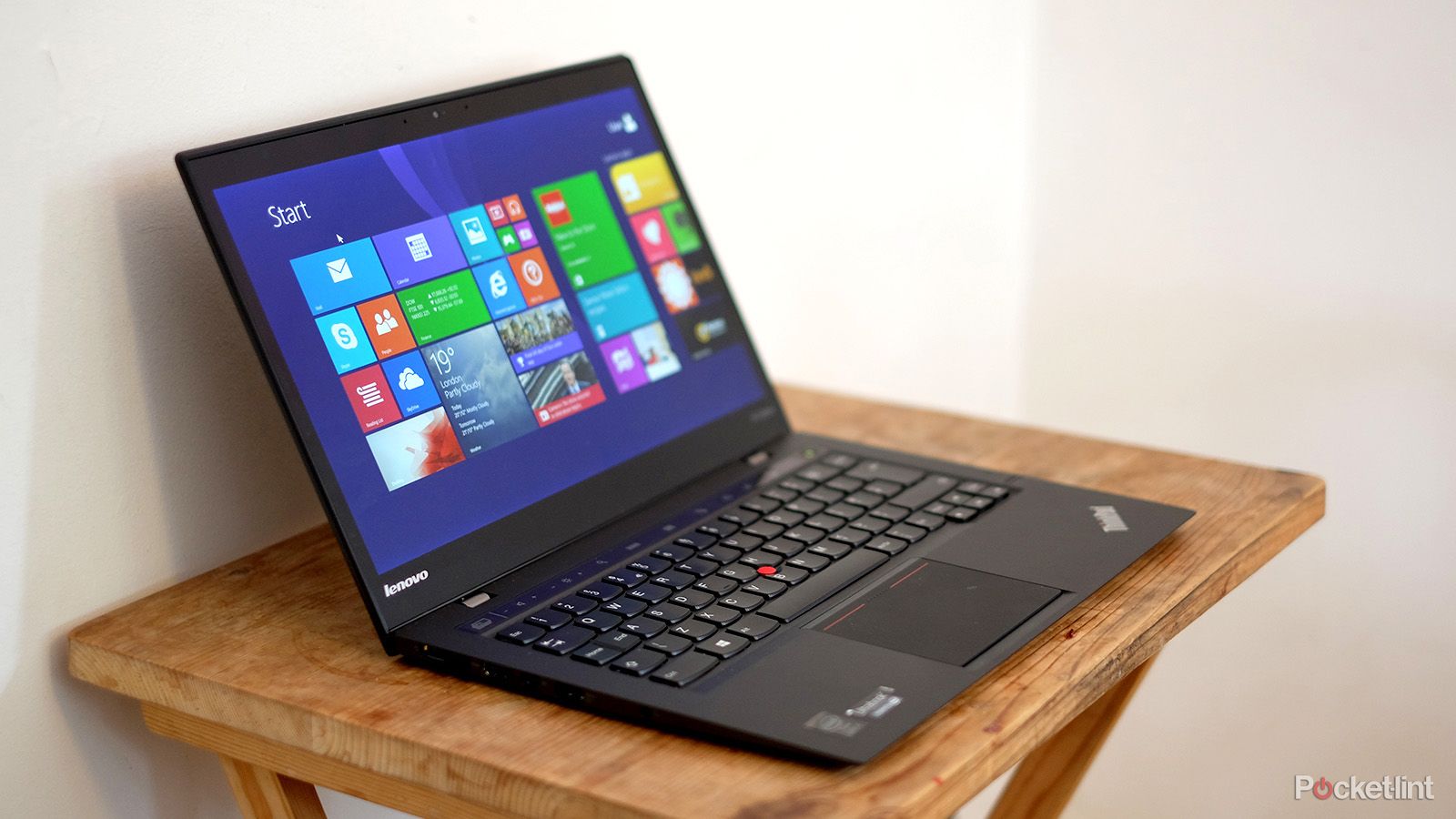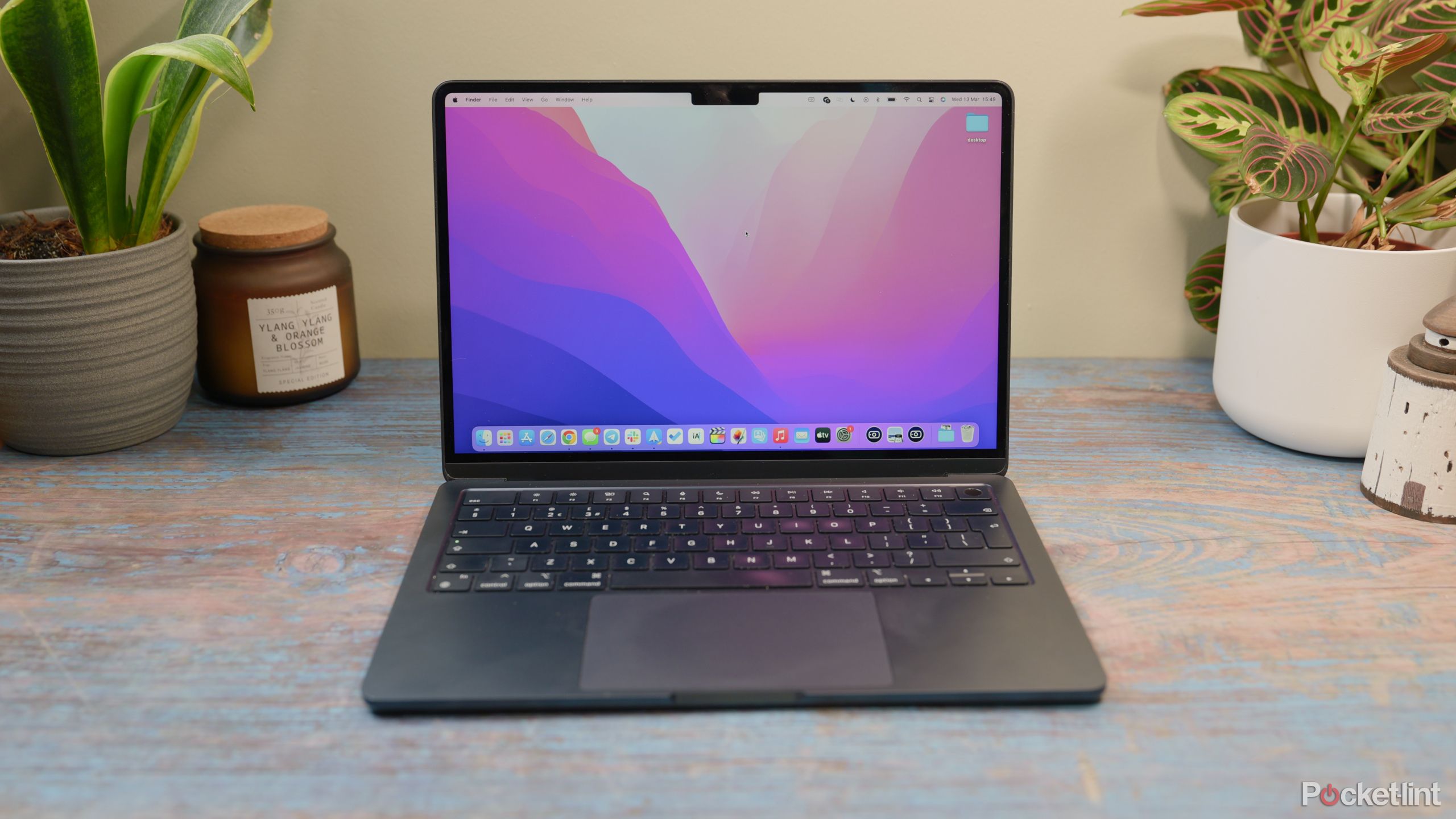Key Takeaways
- Slow performance in apps demands a faster CPU and more RAM for smoother operation.
- Degraded battery life signals the need to upgrade or swap in a new battery.
- Failing hardware components or incompatible specs require timely action to avoid data loss or software limitations.
Any laptop is a major investment, and if you invest wisely, your purchase can potentially last you many years — possibly even a decade or more. Inevitably, however, something is going to force your hand on an upgrade, especially if you’ve got a gaming machine. If you notice one or more of the signs below, it’s time to start shopping.
Spring cleaning: How to make your laptop feel like new again
Laptops are easy to clutter with unnecessary apps and files, but with the right knowledge, you can clean them up, digitally and physically.
1 Slow or stuttering performance in apps
The main indicator is a sluggish experience
Typically, this is the sign that prompts most people to spring for an upgrade. Apps begin to take a while to load, and previously snappy functions feel sluggish or unresponsive. It’s possible to bear with this if you’re patient — or mitigate the issue, by tweaking settings and freeing up storage space — but that can only help for so long. Apps and operating systems tend to become more demanding as the industry evolves, so computer specs that were cutting-edge in 2014 are probably unacceptable in 2024.
For smooth performance, I’d recommend at least 16GB of RAM, although some manufacturers (like Apple) still sell laptops with 8GB.
If an app as basic as Google Chrome or Microsoft Word is giving you grief, you should automatically start hunting for a computer with a faster CPU and/or more RAM. For smooth performance, I’d recommend at least 16GB of RAM, although some manufacturers (like Apple) still sell laptops with 8GB.
Gamers are going to feel the pinch sooner, since developers are constantly pushing the boundaries of 3D graphics in genres like flight sims and first-person shooters. If the framerate in your favorite game dips below 30 frames per second, or you frequently encounter stuttering, it’s time to hunt down a machine with both a faster CPU and an improved GPU. As a rule, any gaming laptop you buy should have a GPU in the latest lineups from AMD or Nvidia. With Nvidia, for instance, that translates to a GeForce RTX 4000-series chip.
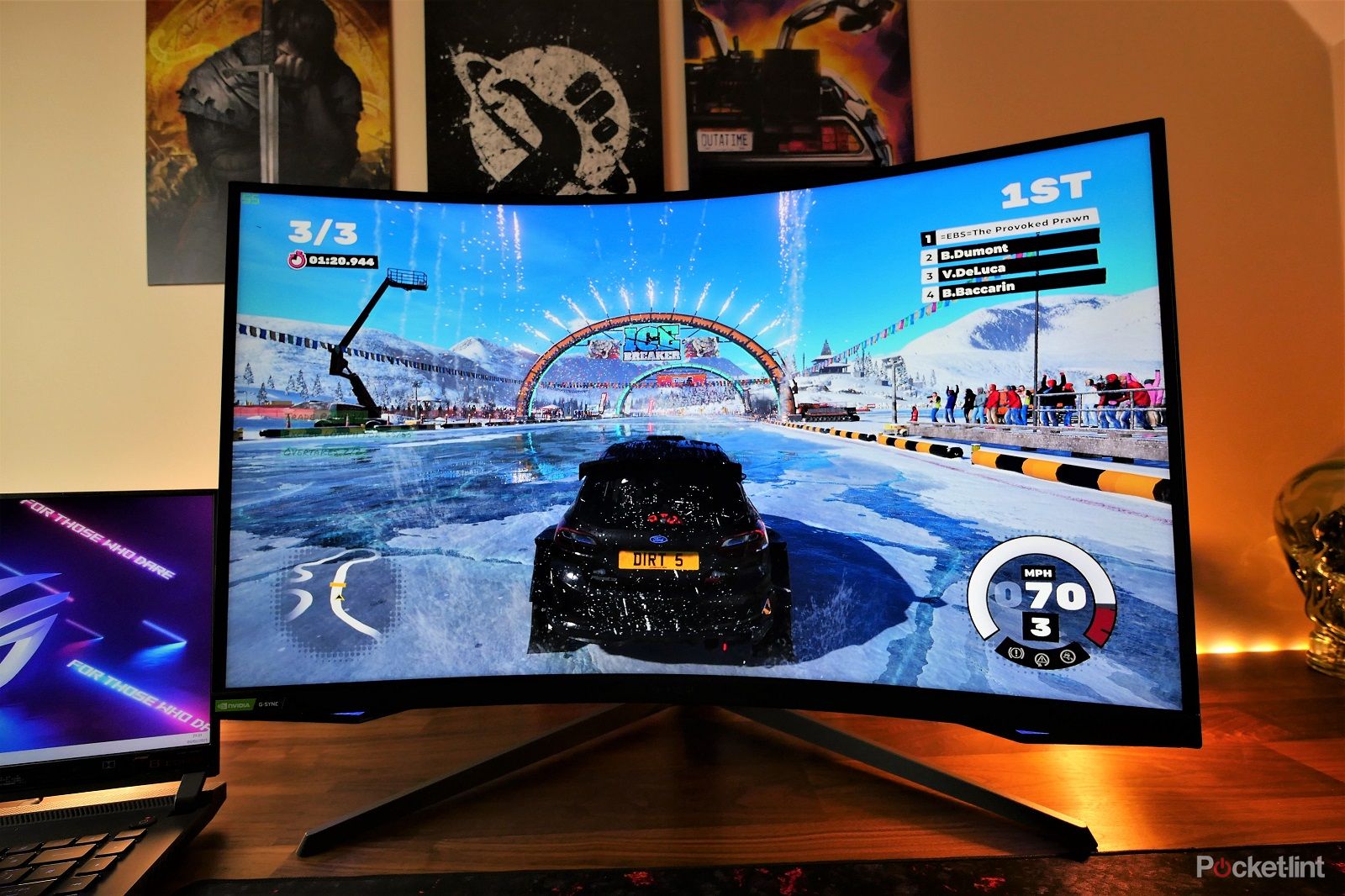
NVIDIA G-Sync vs AMD FreeSync: What’s the difference?
Here is everything you need to know about NVIDIA G-Sync and AMD FreeSync adaptive sync technologies, including how to decide which is right for you.
2 Battery health is becoming unusable
It’s just not lasting as long as it used to
The lithium-ion batteries in laptops degrade with time and usage. This can potentially go unnoticed for years, particularly if you stay plugged in most days, but at some point you’ll cross a threshold where your laptop is struggling to last between charges, say during a long plane trip.
If you have a non-gaming laptop that can’t run for more than two or three hours, it’s time to upgrade or (if your laptop supports it) swap in a new battery pack. Few consumer laptops have swappable batteries these days, unfortunately.
If you want to verify that battery health is a problem, there are various software tools available.
- In Windows 11, you can open the Command Prompt and enter powercfg /batteryreport. This will spit out an HTML file with detailed stats, illustrating how your battery is currently performing versus its original design capacity.
- Mac users can check the battery health tool built into MacOS in the Settings app under Battery.
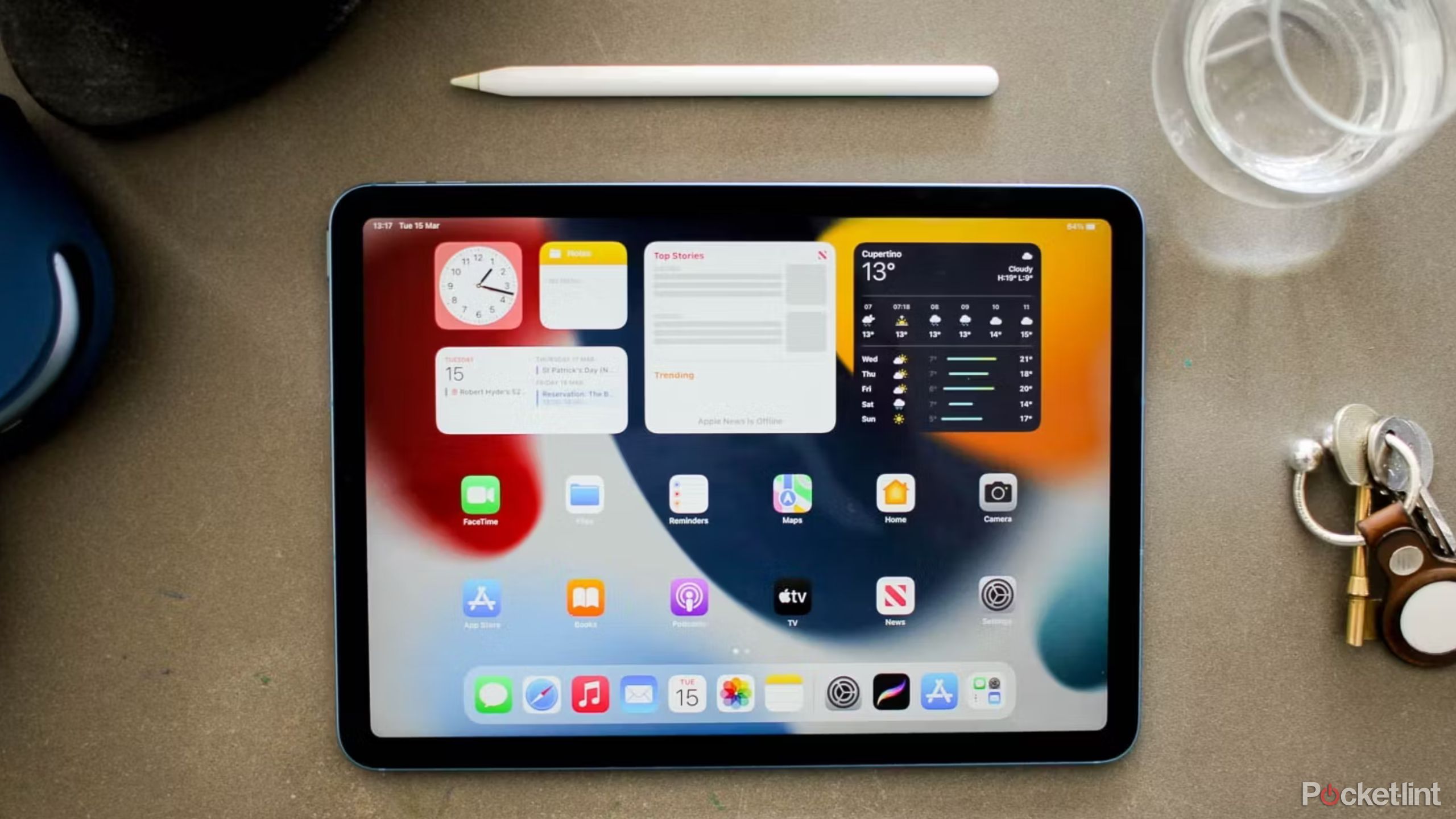
Apple’s iPad doesn’t have a built-in battery health tool, but here are two ways to check
If your iPad battery isn’t holding a charge well, it might be time to check your iPad battery health. Find out how to do so here.
3 Hardware components are failing or unresponsive
Act quickly if you notice these signs
Short of a complete breakdown, a laptop may also show signs of age when individual parts stop working normally. A USB port can refuse to deliver power or data, or internal speakers might stop producing sound, forcing you to use Bluetooth output. If one or more of your laptop’s internal storage drives runs into read/write errors, hurry to back up as much of your data as you can before looking into long-term solutions.
I say “solutions” because you may, of course, be able to get various laptop components repaired, possibly even for free if you’re still under warranty. If a manufacturer is no longer supporting your model, however, you may be hard-pressed to find a shop with access to the right parts. You might also come to the conclusion that the cost of repairs isn’t worth it — there’s not much sense spending $200 or more to replace a faulty display when your PC is showing its age in other areas as well.
4 Specs are no longer compatible with newer software
Look out for version cutoffs
Typically because of performance issues, software developers have to draw some sort of line in the sand when it comes to supporting older hardware. If you don’t meet these minimum requirements, you may be unable to install newer apps and operating systems, or even updates for existing software. Developers sometimes cut off support for business reasons as well, since it can become impractical to support a handful of people using hardware that’s long been off the market.
Case in point: Microsoft stopped supporting Windows 8 laptops in January 2023, given that most users had already migrated to Windows 10 or 11 if it was possible. Windows 10 is going to share the same fate in October 2025.
Don’t feel too pressured, mind you. If the software you own does what you need, upgrading your laptop purely for compatibility reasons may be a waste of money. The main exception to this is security, since unsupported software could be exposed to unpatched vulnerabilities.
5 You’re missing out on major new features
Some changes really do make a difference
This one is last on the list simply because I don’t want people trapped in the cycle of upgrading for bragging rights. That said, there are situations when a new laptop can legitimately improve your life. If you’re a professional video editor, for example, a laptop with a 4K display, a Thunderbolt/USB 4 port, and copious amounts of RAM is going to make mobile editing more practical.
Similarly, if you’re a commuter or business traveler used to carrying around a bulky seven-pound laptop, upgrading to a slim one under four pounds is going to reduce physical strain. Gamers switching from a PC with an Nvidia GTX GPU to an RTX 4080 will discover many more titles they can play.
This is all very subjective naturally, since a feature important to one person may be irrelevant to another, and whatever you buy is going to be dictated by your budget. Ultimately, you’re going to have to make your own value judgments, hopefully settling on something that delivers the most bang for the buck. Expensive laptops aren’t always the best for your needs — a $4,000 gaming system with a two-hour battery life is pointless if your main concern is lasting through an eight-hour workday.
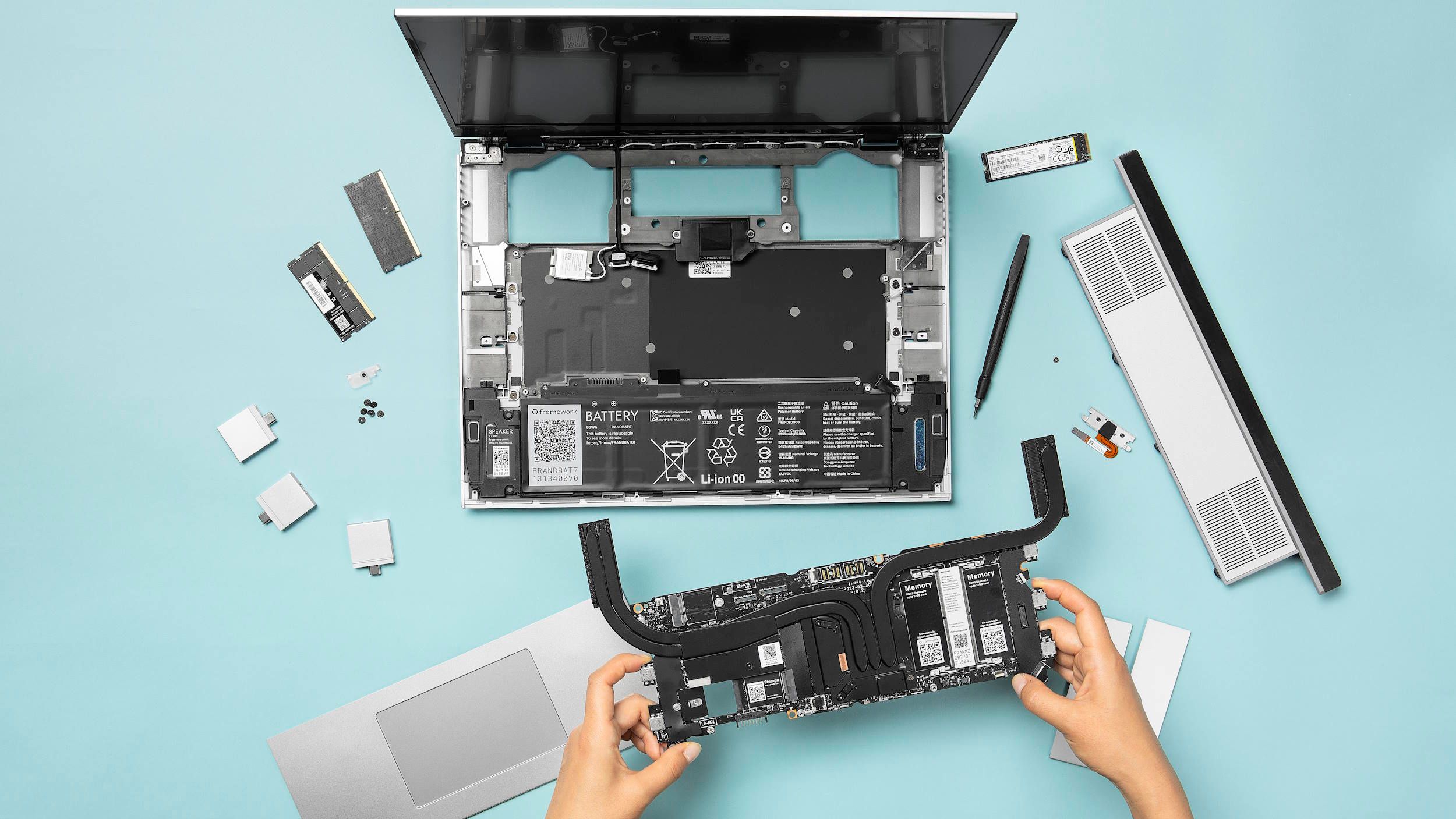
Framework laptops: What you need to know about the ultimate DIY portable computers
If fully customizable, easily upgradable laptops sound appealing, Framework has 13-inch and 16-inch models with thousands of hardware combinations.
FAQ
Q: How long should a laptop last?
We’d say two years at a minimum, but the ultimate answer depends on a variety of factors. If you buy a budget or used laptop, its specs might be weak enough that you’ll want a replacement that quickly — if you’re only doing web browsing, video streaming, and light productivity tasks however, even a budget laptop can last four to five years or more. The better the specs, the longer a laptop should last, short of surprise technical problems.
With gaming laptops, you may find yourself upgrading every two or three years if you want to keep up with the best graphics options. You might be able to push that window a little longer if your demands aren’t that tough, or if you’re willing to spend on an external GPU (eGPU) enclosure that lets you upgrade without replacing your laptop’s internal video card.
Q: What specs should I be looking for when buying a laptop?
The goal here is to buy something that can handle the apps you use now while offering as much futureproofing as you can afford. Check the recommended (not minimum) requirements for your favorite apps and go from there. If gaming is a casual or non-existent concern, you can probably buy just about any Apple, Intel, or AMD-based laptop made within the last two years, though we’d suggest at least 16GB of RAM and 256GB of internal storage, plus a screen measuring 15 inches or more if you don’t plan to use an external monitor. You’ll want at least one USB-C port, ideally two or more.
If gaming is a primary hobby and/or you expect to handle tasks like professional audio and video editing, you should always stick to the latest CPU and GPU generations, spending as much as your budget can handle. You’ll probably also want 512GB or more of internal storage, possibly augmented by an external SSD. Media editors should invest in extra RAM.
Trending Products

Cooler Master MasterBox Q300L Micro-ATX Tower with Magnetic Design Dust Filter, Transparent Acrylic Side Panel…

ASUS TUF Gaming GT301 ZAKU II Edition ATX mid-Tower Compact case with Tempered Glass Side Panel, Honeycomb Front Panel…

ASUS TUF Gaming GT501 Mid-Tower Computer Case for up to EATX Motherboards with USB 3.0 Front Panel Cases GT501/GRY/WITH…

be quiet! Pure Base 500DX Black, Mid Tower ATX case, ARGB, 3 pre-installed Pure Wings 2, BGW37, tempered glass window

ASUS ROG Strix Helios GX601 White Edition RGB Mid-Tower Computer Case for ATX/EATX Motherboards with tempered glass…


